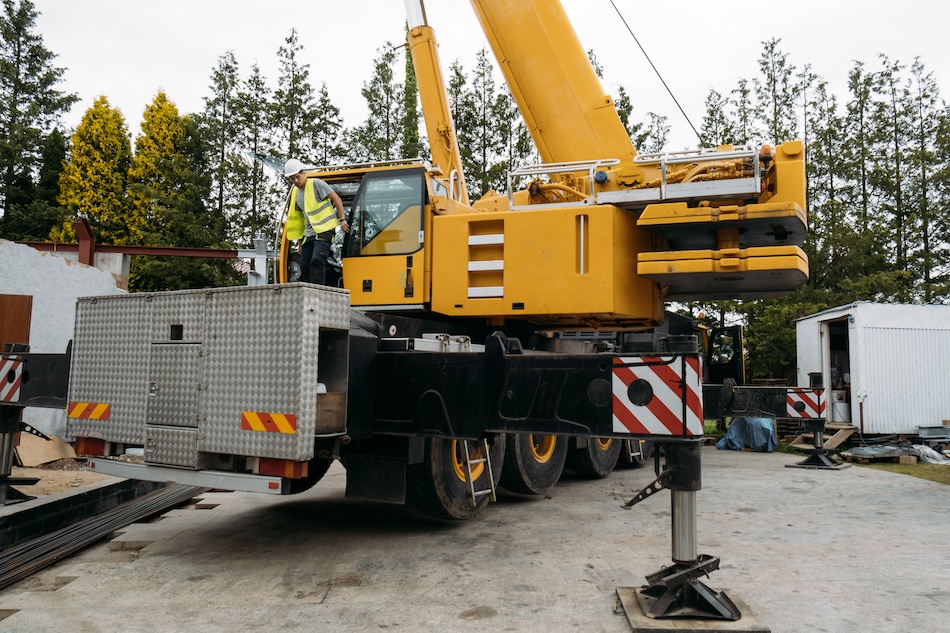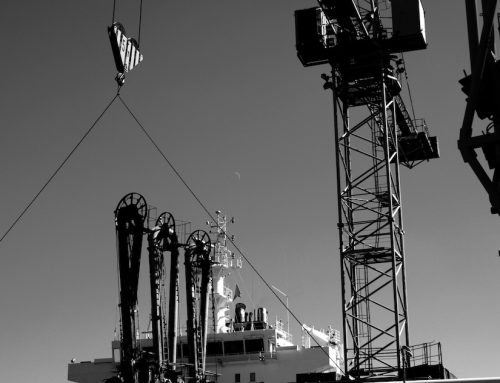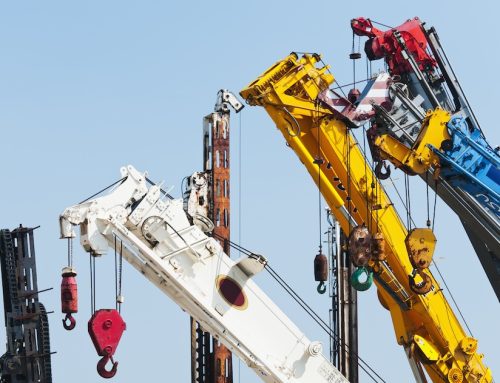How to Choose Heavy Equipment by Specifications
Choosing the right machinery for your next job can mean the difference between staying on schedule—or falling behind. With so many options available on today’s market, understanding how to choose heavy equipment by specifications is a critical skill for contractors, project managers, and site supervisors.
Whether you’re building roads, digging foundations, or transporting bulk materials, the right piece of equipment should match the demands of your construction project. In this guide, we’ll break down how to evaluate heavy equipment specs, match them to your job site needs, and make smart purchasing or rental decisions.
Why Equipment Specifications Matter
Every construction site comes with its own set of challenges. Factors like terrain type, project size, material handling needs, and overall timeline all play a role in determining which equipment is the right fit. Choosing a machine based solely on brand name or what happens to be available can lead to inefficiencies and added costs.
Instead, it’s essential to consider key specifications such as operating weight, lifting capacity, dump height, bucket size, engine horsepower, and machine width or turning radius. When these specs are properly matched to the task, the equipment can perform at its best—maximizing efficiency, ensuring safety, and keeping the project on schedule.
Match Equipment to Task Type
One of the first steps in understanding how to choose heavy equipment is knowing the core function you need the machine to perform. Heavy machines are specialized tools, and choosing the wrong one wastes time and labor.
Here are a few examples of common equipment matched to tasks:
| Task Type | Suggested Equipment |
| Excavating in tight spaces | Mini excavators |
| Grading and leveling | Motor graders |
| Lifting and loading dirt | Wheel loaders |
| Hauling debris | Dump trucks |
| Moving pallets or materials | Skid steer loader |
For moving materials around compact areas, a skid steer offers excellent maneuverability. For bulk earthmoving, you’ll need something with more power and capacity, like a dozer or full-size excavator.
Understand the Terrain and Job Site Conditions
The location of your construction site will significantly influence which equipment makes sense. Ask these questions:
- Is the ground firm, muddy, rocky, or sloped?
- Is there limited access or space for turning?
- Will machines need to travel long distances on-site?
For example, a wheeled loader works well on firm, flat ground, but tracks may be better for softer or uneven terrain. Similarly, compact construction equipment is better suited for indoor or urban environments, while heavy duty machines with large footprints perform better on open, rural job sites.
Consider Size and Capacity Requirements
Each piece of equipment is rated for different load capacities. Choosing underpowered machines slows down productivity, while oversized equipment can be expensive and difficult to maneuver.
Example: Mini Excavators vs. Full-Sized
If you’re digging trenches for small utilities or in tight backyards, mini excavators are ideal. They offer just enough power with a smaller footprint and lower operating cost. But for deep foundations or pipeline work, a full-size excavator with a large bucket and extended reach is the better choice.
The same logic applies across categories—from dump trucks and loaders to cranes and forklifts. Look at payload capacity, bucket size, and lifting height when comparing options.

Prioritize Safety and Operator Comfort
Safety is a top priority on any construction site, and today’s heavy equipment is designed with that in mind. Modern machines come equipped with enclosed rollover protection systems (ROPS), rearview cameras, blind spot detection, automatic shutoffs, and overload alerts. They also feature ergonomic seating and intuitive controls that help operators stay focused and comfortable.
When equipment is poorly designed or uncomfortable to use, it can slow down productivity, increase the chance of mistakes, and lead to fatigue-related injuries. That’s why it’s important to choose machinery that promotes both safety and efficiency—even during long, demanding shifts.
Compare Maintenance and Support Needs
Even the best machines require regular upkeep. When choosing construction equipment, consider the manufacturer’s support network and the ease of maintenance. Questions to ask:
- Are parts and service readily available in your region?
- Is the engine easily accessible for routine checks?
- Can your crew perform minor fixes in the field?
Downtime on a job site can cost thousands of dollars per day. Selecting equipment with a reliable support system—and a good track record—helps keep your project moving.
Rental vs. Purchase: Make the Right Investment
Once you’ve narrowed down your equipment options by spec, consider whether renting or buying makes more sense.
Buy if:
- You use the equipment daily or on every job
- You want full control over maintenance and availability
- You have long-term financing in place
Rent if:
- You only need the machine for a specific phase
- You're working on a short-term or one-off project
- You want to test equipment before committing
Both strategies can work well depending on your situation. For many companies, a mix of owned and rented machines offers the most flexibility.
Don’t Forget Attachments and Versatility
Some machines—like the skid steer loader—are built for versatility. With the right attachments, they can dig, lift, drill, grade, or even sweep. This is especially helpful on smaller job sites where space or budget limits the number of machines you can bring in. Popular attachments include:
- Augers
- Hydraulic breakers
- Grapples
- Buckets of various sizes
- Forks or pallet jacks
When choosing equipment, consider how many roles it can fill. The ability to switch between tasks quickly adds value and cuts down on idle time.
Matching Machine to Mission
Understanding how to choose heavy equipment by specifications is essential for any business working in construction, manufacturing, or logistics. It’s not just about buying the biggest or newest machine—it’s about finding the one that fits your job’s unique demands.
At GM Machinery Movers, we don’t just move machines—we understand them. Whether you’re upgrading your fleet or planning a major construction project, our team can help you evaluate specs, match the right machine to the right task, and move it to your site safely and on time.
Contact GM Machinery Movers today to schedule a consultation or get a quote for your next equipment move. Let us help you put the right machine in the right place—every time.




